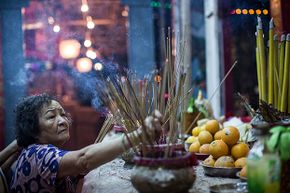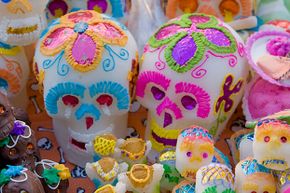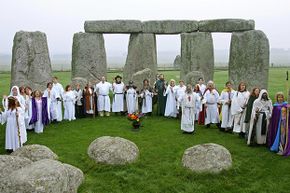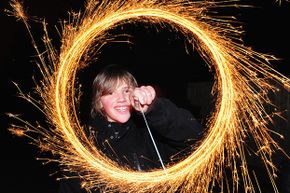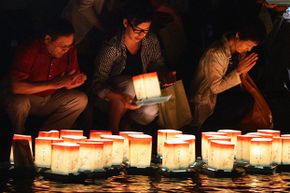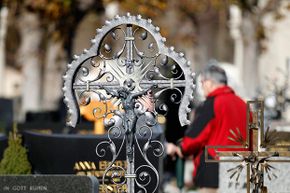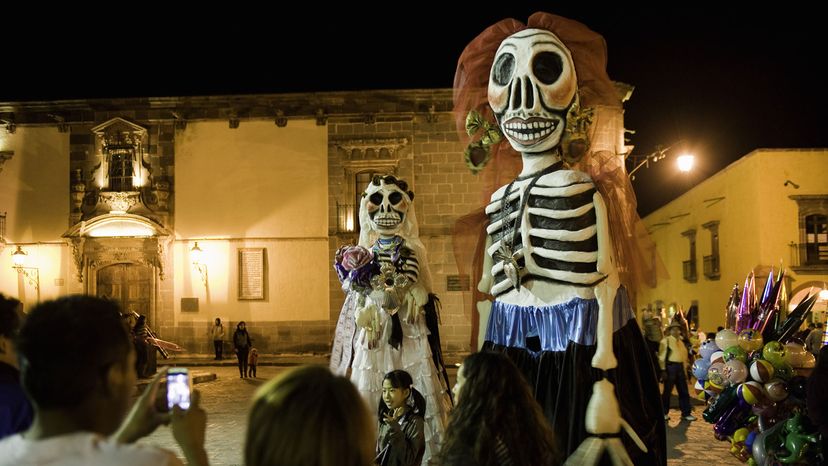
Nov. 1 might as well be called New Year's Day for the world's dead, the day that many people believed their spirits paid a visit to their loved ones. And American Halloween (celebrated on Oct. 31), is just one derivative of this all-important day.
Halloween's beginnings stretch back to the Celts, who lived about 2,000 years ago in the area that today makes up Ireland, the U.K. and northern France. The Celts celebrated Nov. 1, as the end of summer and the beginning of winter, the end of the light and the start of the dark. The one time each year that the world of the living and the world of the dead were separated by the thinnest of veils. To celebrate this special time, the Celts created massive bonfires, donned costumes and practiced fortune-telling, sowing seeds for future Halloween celebrations in Europe and beyond [source: History].
Advertisement
While non-European peoples and traditions weren't necessarily influenced by the Celts, they hold similar beliefs about the sacredness and mystery of the changing seasons, especially summer to winter, and about their ancestors coming back to Earth each year at a certain time. Here are eight spirit-filled celebrations that honor the dead all over the world.
